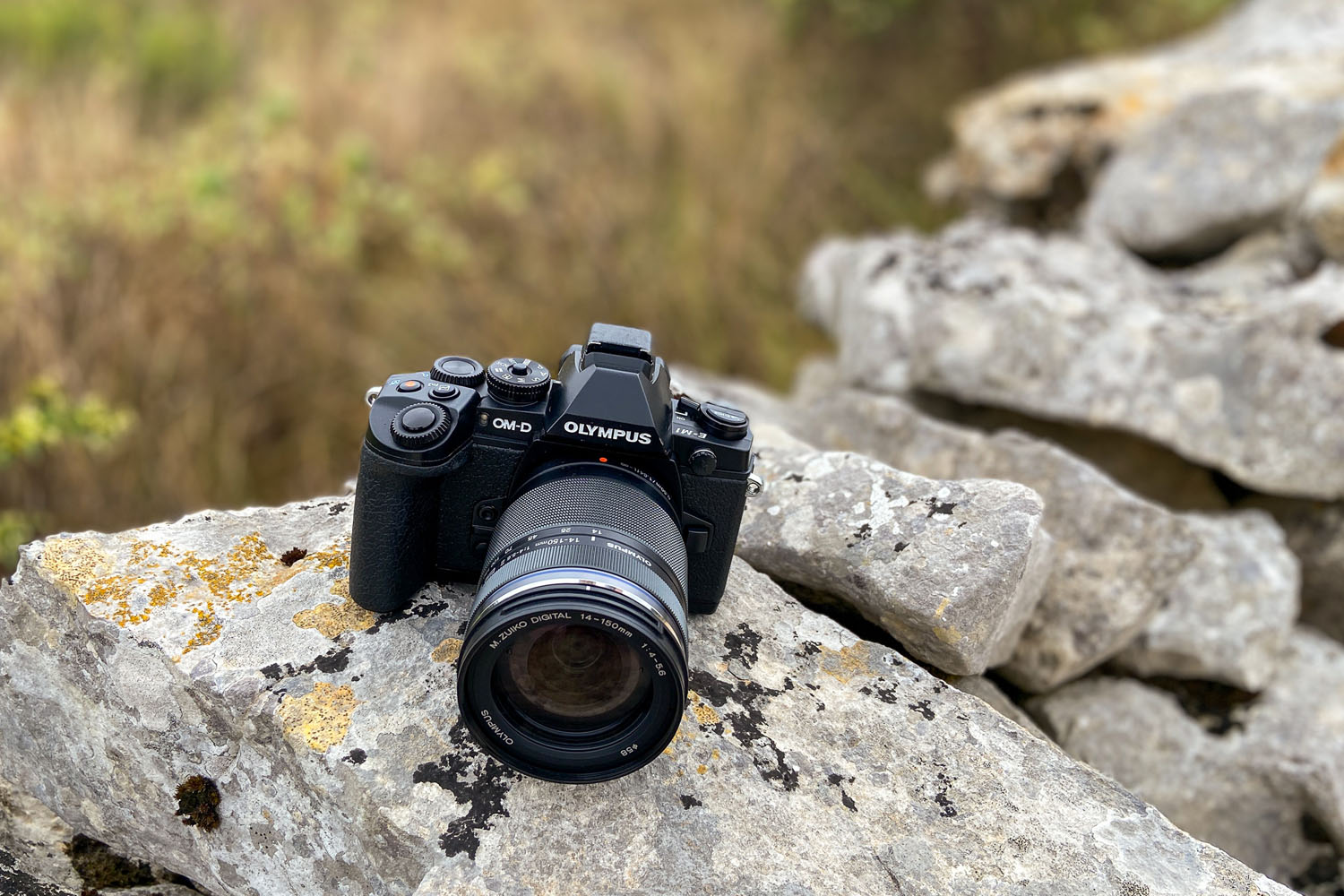Premium/ M.Zuiko Digital ED 14-150mm F4.0~5.6 – The lens I wanted to hate
Photography has a curious way of challenging our convictions, often at the least expected moments. Over the years, I have become what one might call a “prime lens purist”. It is not just a preference but a belief system shaped through experience. Back in the days of film, my go-to setup was a 50mm lens, sometimes paired with a 28mm for wider scenes. When I transitioned to digital, I dabbled in other focal lengths, favouring the 35mm (full-frame equivalent) for a while. Eventually, after adopting the Micro Four Thirds system from Olympus, my photography settled comfortably around the M.Zuiko 25mm F1.8 and the 17mm F1.8. These two lenses have covered nearly all my needs for years.
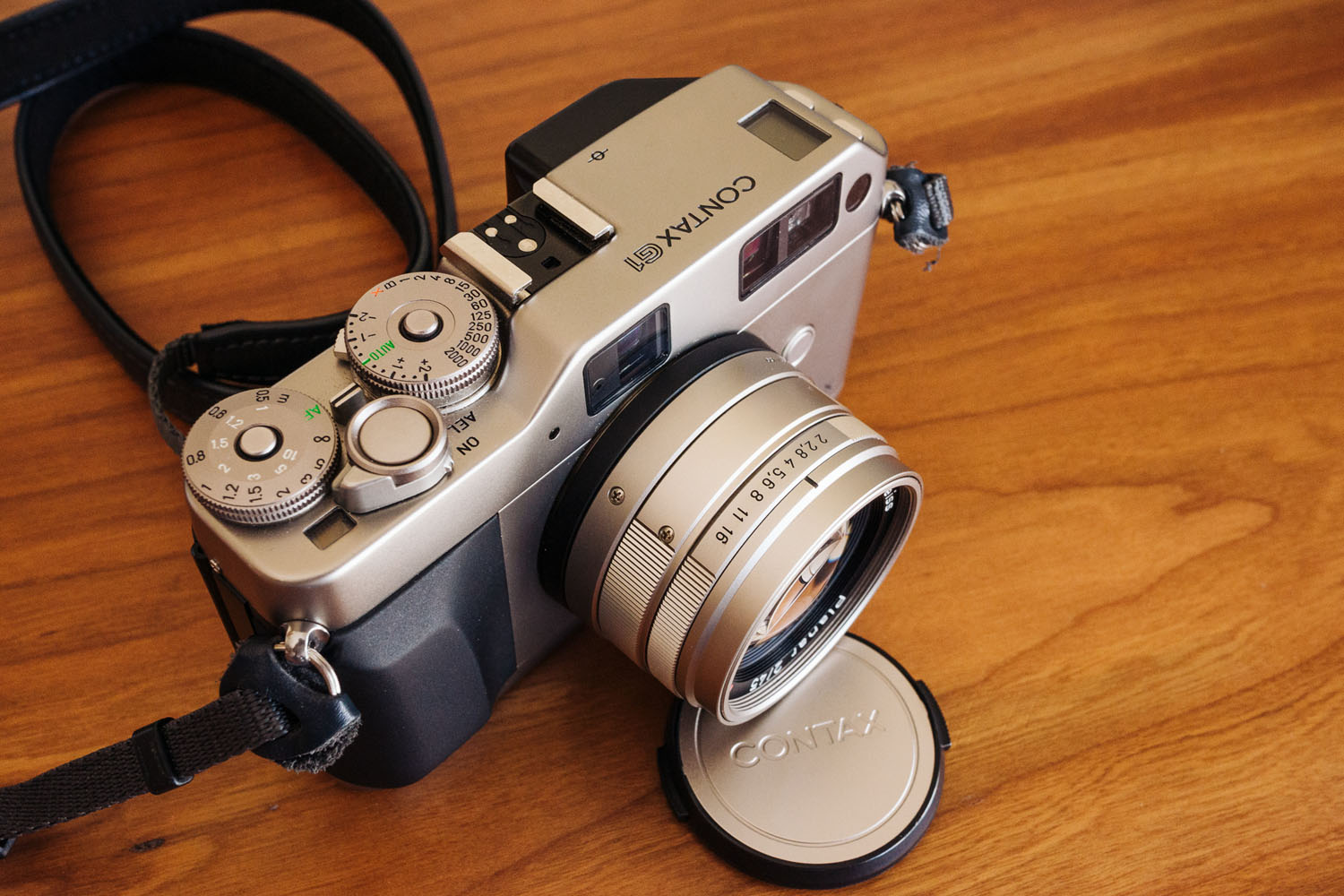
My old Contax G1, with the magnificent Carl Zeiss Planar 45mm F2 T*

One of my all-time favourites, the Minolta X700 with the Minolta MD 50mm F1.7
There are several reasons for my preference. Prime lenses are generally smaller and lighter, which makes a real difference when you are walking for hours or travelling light. They usually offer superior optical performance, especially when compared with consumer-level zooms. Their wider apertures also make them better suited to low-light situations and more creative depth-of-field control. But perhaps the biggest advantage is the consistency they bring to a project. A fixed focal length forces a certain discipline and rewards you with a cohesive visual style. Once you stop thinking about which lens to use, you can focus entirely on composition and storytelling.

My first experience with M43, the robust and reliable E-M5 Mark II with the M.Zuiko 25mm F1.2 PRO
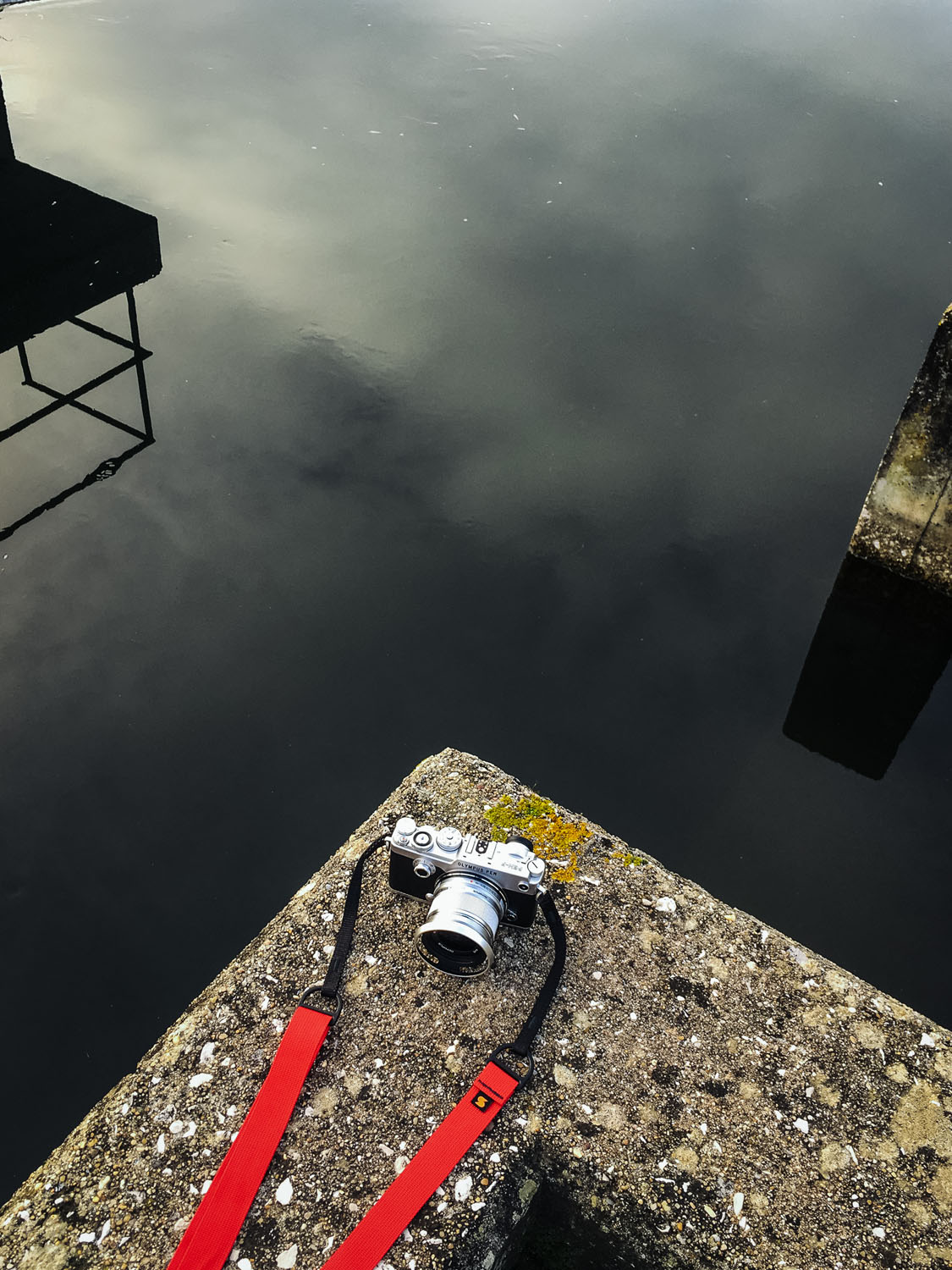
And my current everyday carry setup, the timeless PEN-F, paired with the 25mm F1.8
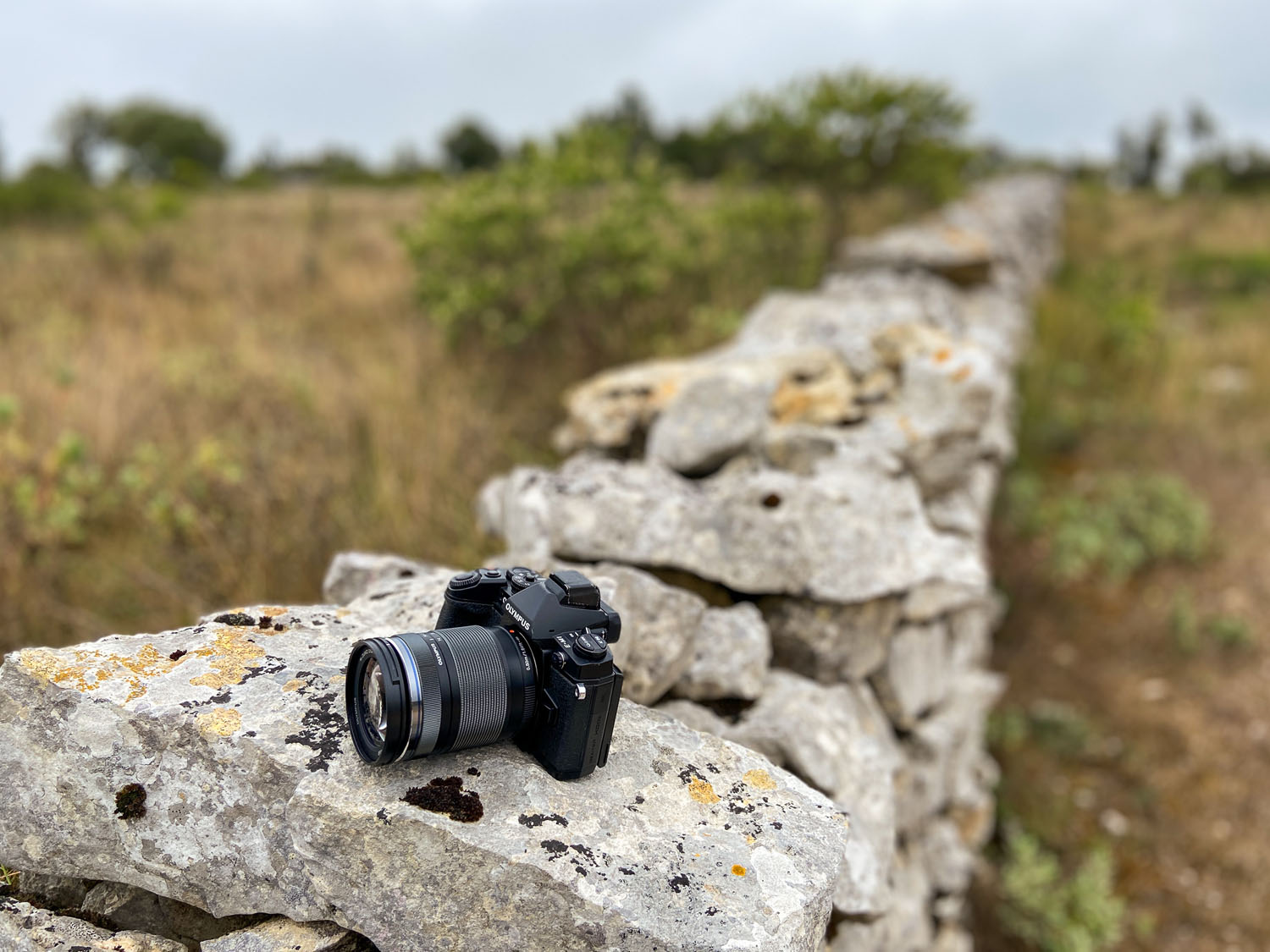
My experience with zoom lenses has been, at best, inconsistent. I have often found them lacking in sharpness, plagued by chromatic aberrations and distortion, and generally uneven across the focal range. Some were acceptable, others less so, but none ever earned a permanent place in my kit. I couldn’t bring myself to trust them, and I disliked the compromises they represented.
Which is why, when I was preparing to attend my eldest son’s Karate championship, I found myself facing a dilemma. My longest lens was the M.Zuiko 45mm F1.8, not nearly enough to reach him from the spectator stands. I reached out to Maurício, my friend and fellow co-founder of Olympus Passion, and he kindly lent me his M.Zuiko Digital ED 14-150mm F4.0-5.6 II. A superzoom. Not just any zoom, but a lens that covered an equivalent range of 28-300mm. In theory, it represented everything I avoid: variable aperture, wide focal range, and all the compromises associated with that design. The plan was to use it for that single day, then return it immediately.
Only, I didn’t…

First Impressions: A Reluctant Start
Instead of handing it back, I decided to give the lens a fair trial in more typical conditions. I took it along on my daily walks, using it to photograph whatever happened to appear along the way. These weren’t carefully planned outings. I simply wanted to test how the lens behaved in ordinary light, across its full focal range, and see how it handled in terms of sharpness and autofocus performance.

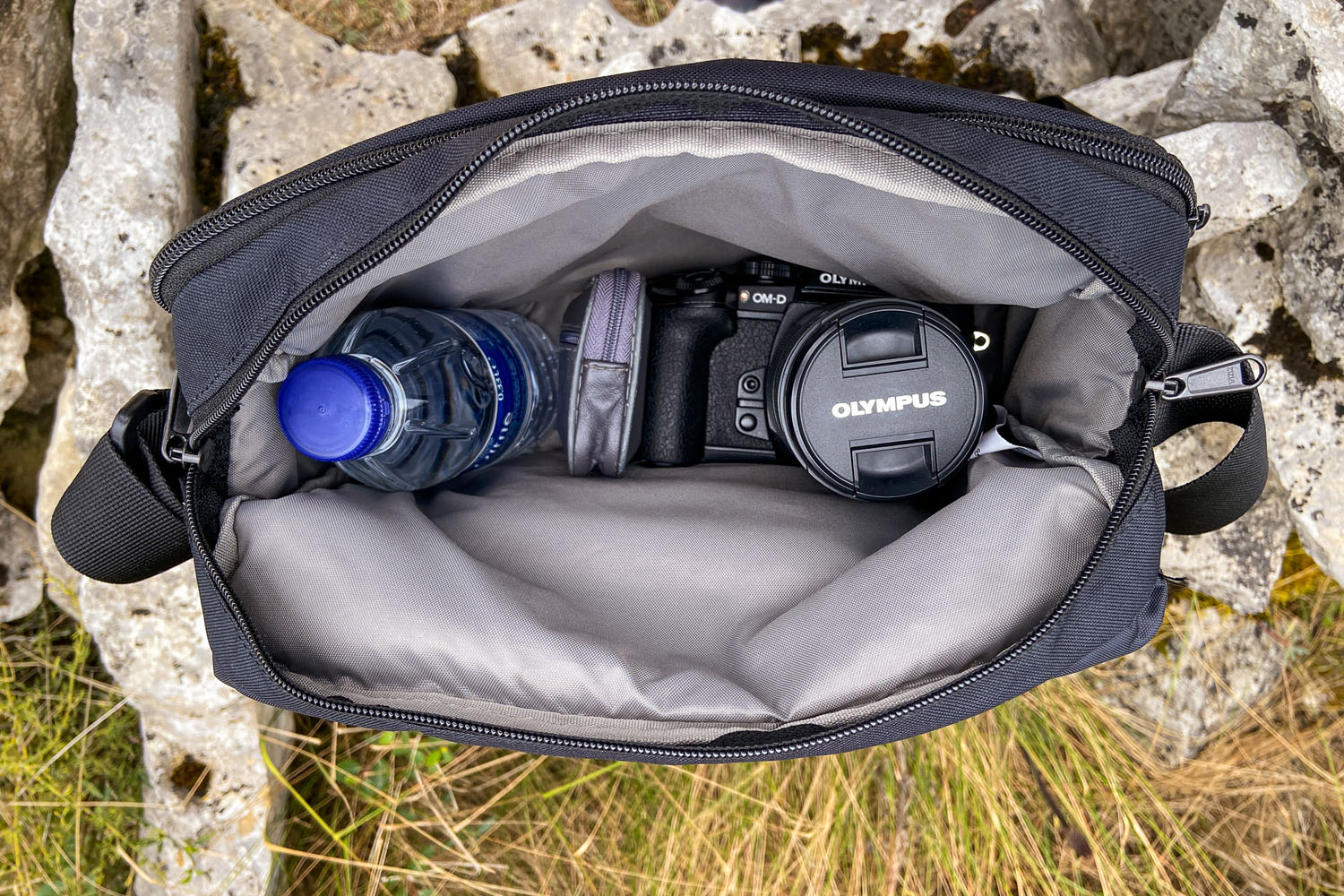
To no one’s surprise, including mine, the sharpness was decent but not exceptional. Autofocus was quick and reliable, though I rarely shoot subjects that require lightning-fast response. In essence, the lens was competent. It did everything it promised to do without any significant flaws, but it also didn’t impress me in any specific way. Still, I wasn’t looking for technical perfection. I was more interested in understanding whether I could live with this lens in the real world.
My biggest issue remained conceptual. A superzoom covers such a broad range that it almost invites indecision. I have always preferred to work within a tighter frame, somewhere between 35mm and 50mm (FF equivalent), because it streamlines my process and keeps my photography consistent. The fewer decisions I need to make about equipment, the more mental energy I can dedicate to framing and timing. Adding an all-in-one zoom to the mix felt like opening a door to distraction.

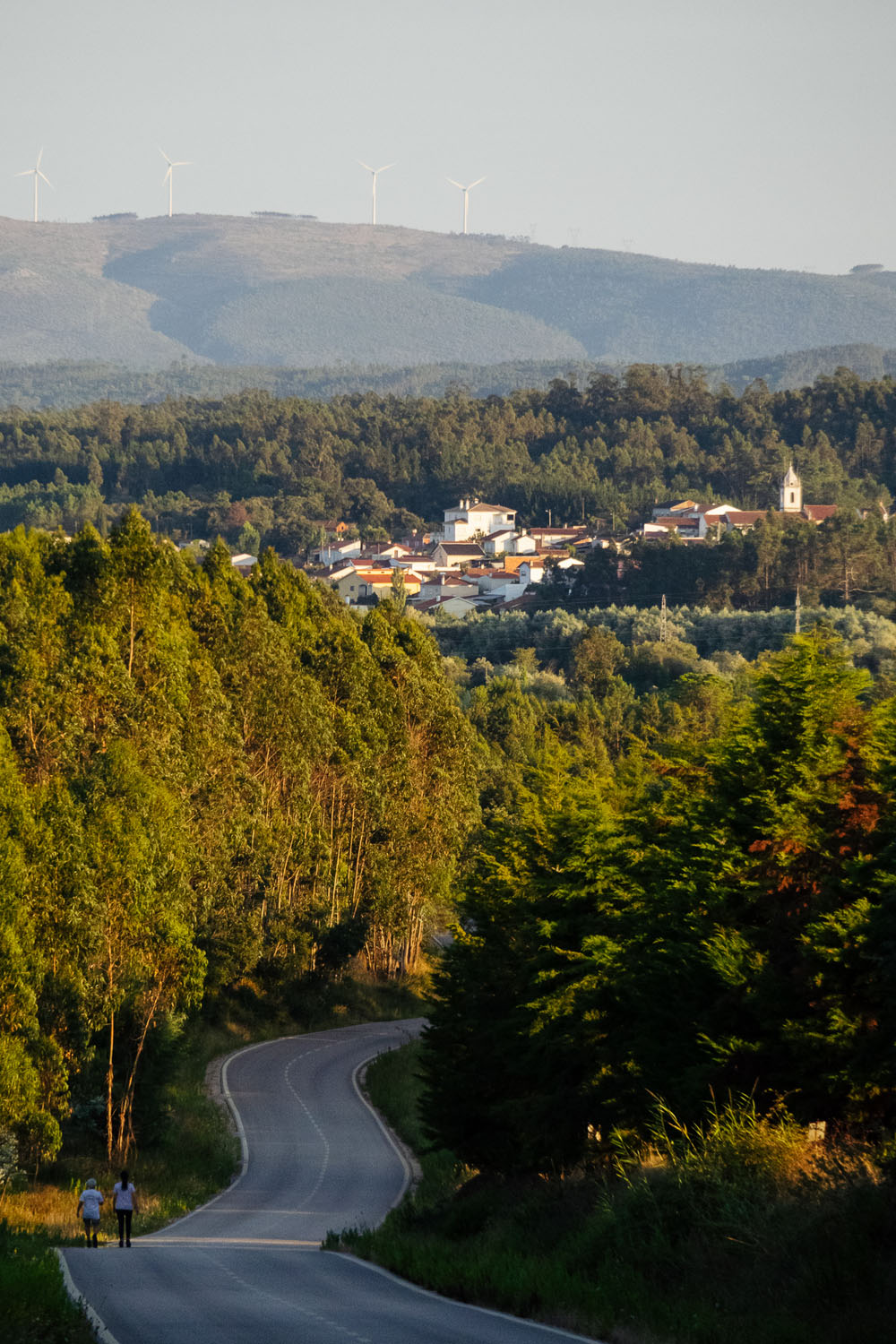

RIGHT: Olympus E-M1 . Olympus M.Zuiko 14-150mmF4.0-5.6 @120mm . F/6.3 . 1/1250″ . ISO 1250


RIGHT: Olympus E-M1 . Olympus M.Zuiko 14-150mmF4.0-5.6 @120mm . F/5.6 . 1/1600″ . ISO 200
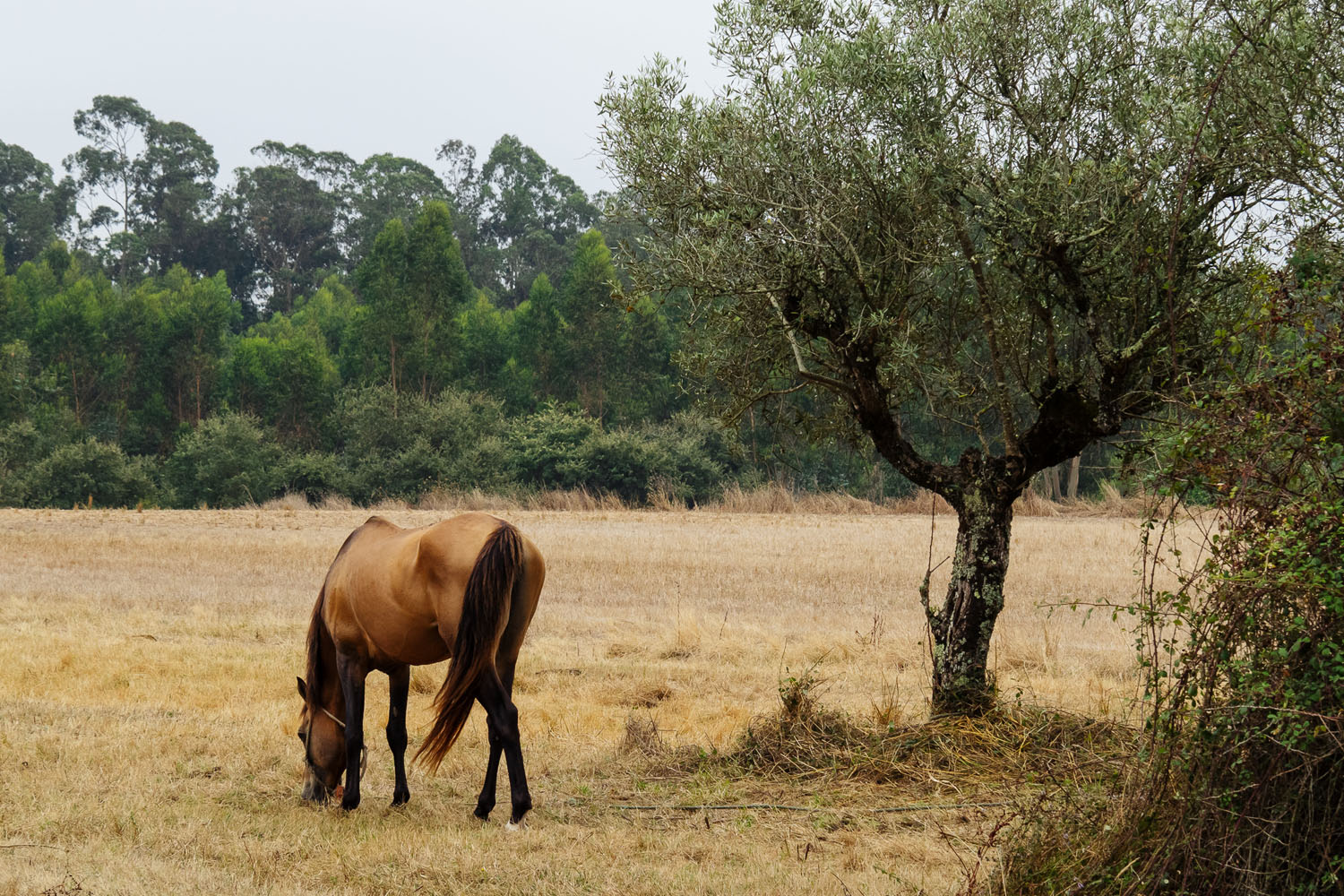

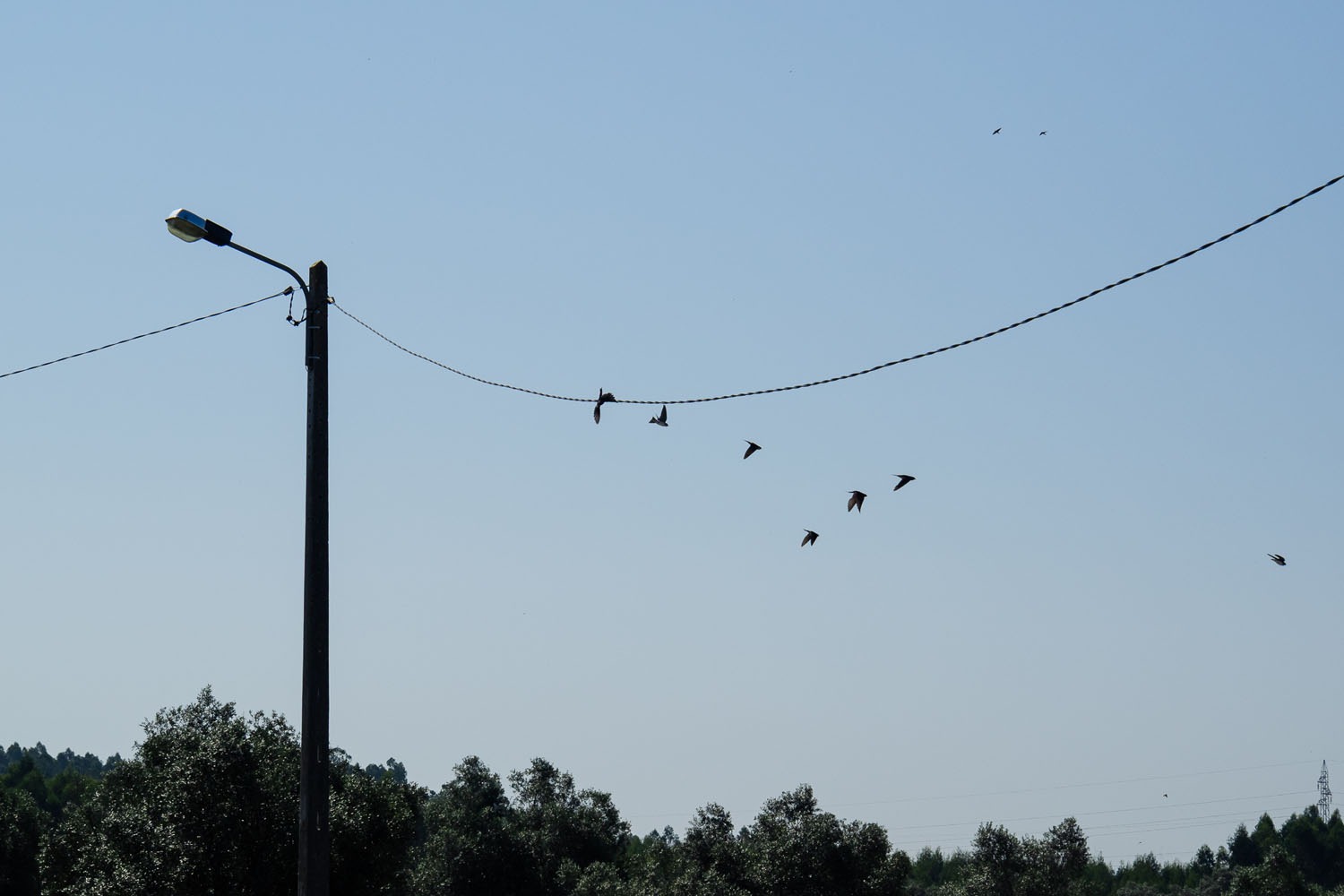
RIGHT: Olympus E-M1 . Olympus M.Zuiko 14-150mmF4.0-5.6 @54mm . F/8 . 1/1600″ . ISO 200

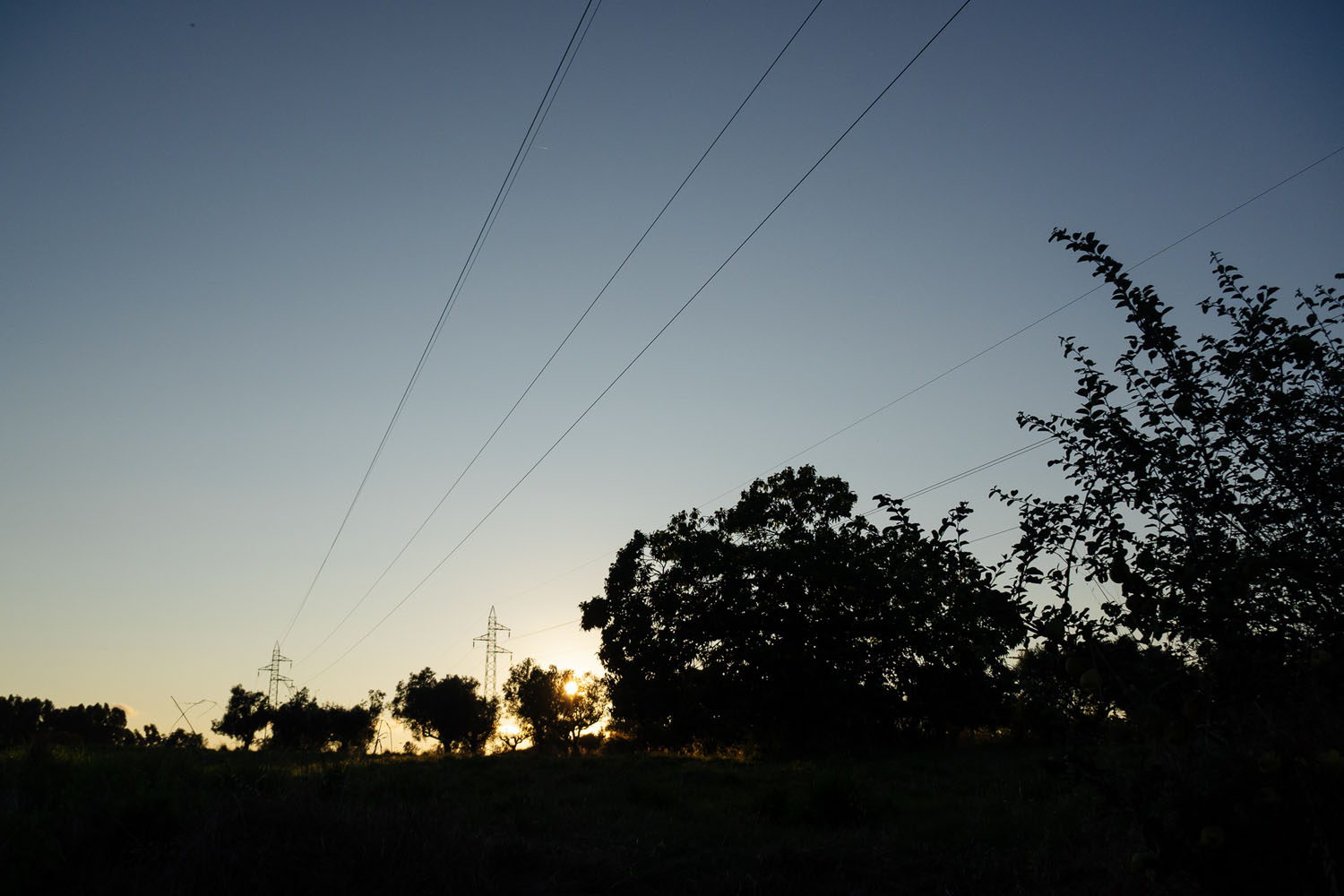
RIGHT: Olympus E-M1 . Olympus M.Zuiko 14-150mmF4.0-5.6 @14mm . F/6.3 . 1/1250″ . ISO 200
Field Test: Discovering Utility
That said, the lens did not return to the shelf immediately. A few days later, I went on a short trip to visit a group of limestone caves and rock formations in central Portugal. This seemed like an ideal opportunity to test the versatility of the 14-150mm. I could capture sweeping views at the wide end, and zoom in for details or spontaneous portraits without changing lenses.


To my surprise, the lens performed admirably. It didn’t hinder me, and it saved me from the constant juggling of gear that usually accompanies this sort of outing. Usually, I would carry a second body with a longer lens, just to avoid changing glass mid-hike. Here, one camera and one lens were all I needed. It was liberating in a way I hadn’t expected.



RIGHT: Olympus E-M1 . Olympus M.Zuiko 14-150mmF4.0-5.6 @14mm . F/5.6 . 1/1000″ . ISO 200


RIGHT: Olympus E-M1 . Olympus M.Zuiko 14-150mmF4.0-5.6 @80mm . F/5.6 . 1/800″ . ISO 200

CONTINUE READING…
Only for Premium Subscribers!
To access these articles you must be a PREMIUM subscriber to Olympus Passion.
SUBSCRIBE NOW and get instant access to all Premium articles, all prior and upcoming magazines, all special editions, all previous videos, discounts and offers. If you are seeking relevant information about this camera system, or useful tips from photographers using the Olympus system, this is the most valuable place for you.
BASIC Plan subscriber? Upgrade to PREMIUM!
- Access your account HERE and sign in with your email address and password as always
- In this step click the ‘Subscriptions’ tab and then ‘Change plan’
- Now you can change from the BASIC plan to the new PREMIUM PLAN
- Finally, the system will only apply a proportional value to the remaining charge and change the plan immediately.
Already a Premium Subscriber?

